Since 2008 we have been creating short videos to welcome in the New Year. These videos, created on a shoe-string budget, are usually typographical in nature with some kind of an optical illusion or aha! moment built in. Check out our latest creation to welcome 2019 titled Reflect.
(Links to previous years videos as well as information on the mathematics and art behind such illusions can be found below the video).
Have a great 2019!

- You can see all the previous years’ videos here. Some of them are quite cool, if I say so myself.
How does this illusion work?
- This video takes advantage of a technique called anamorphosis. As anamorphosis.com describes it, ‘an anamorphosis is a deformed image that appears in its true shape when viewed in some “unconventional” way.’ Anamorphosis has a long history in art (see here and here for more examples). In fact, one can argue that anamorphosis is the foundation for all representational visual art.
- This video uses a specific kind of anamorphosis: cylindrical anamorphosis, i.e. creating a distorted image that has been changed in such a manner that it looks normal when reflected in a cylindrical mirror. Mathematically speaking, this requires you convert an image from a cartesian to a polar coordinate system. The best explanations of the mathematics behind the illusion, that I could find, are here and here.
How did we do it?
- The distorted “2019” was created using Adobe Photoshop, first flipping it vertically (so that it would appear right-side-up when reflected on a vertical mirror) and then applying the “Rectangular to Polar Coordinates” filter (since this is a cylindrical mirror). We combined the distorted “2019” with a circular image that we created in Adobe Illustrator—that’s the colorful design in the background with the 2018 written vertically (so that it would be hidden behind the cylinder). This combined image was then printed on poster paper, cut into a circle and colored by hand.
- The cylindrical mirror was a repurposed chromed sink extension tube from the plumbing department of Home Depot. It was placed on the poster, which lay on a glass sheet (a repurposed table top), which, in turn, sat on a rotating kitchen-turntable (aka a Lazy Susan).
- The video was shot using an iPhone8 in reverse order of what you see (so that we could get the angles right), and edited using iMovie. The music is from Kevin McLeod’s amazing open-source collection at incompetech.com.
- You can make your own cylindrical anamorphic image by following the instructions here and here.

2018-9 Animation at top of page @punyamishra

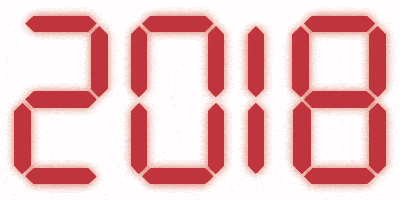

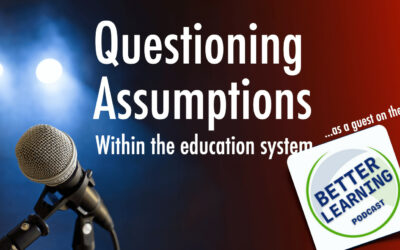
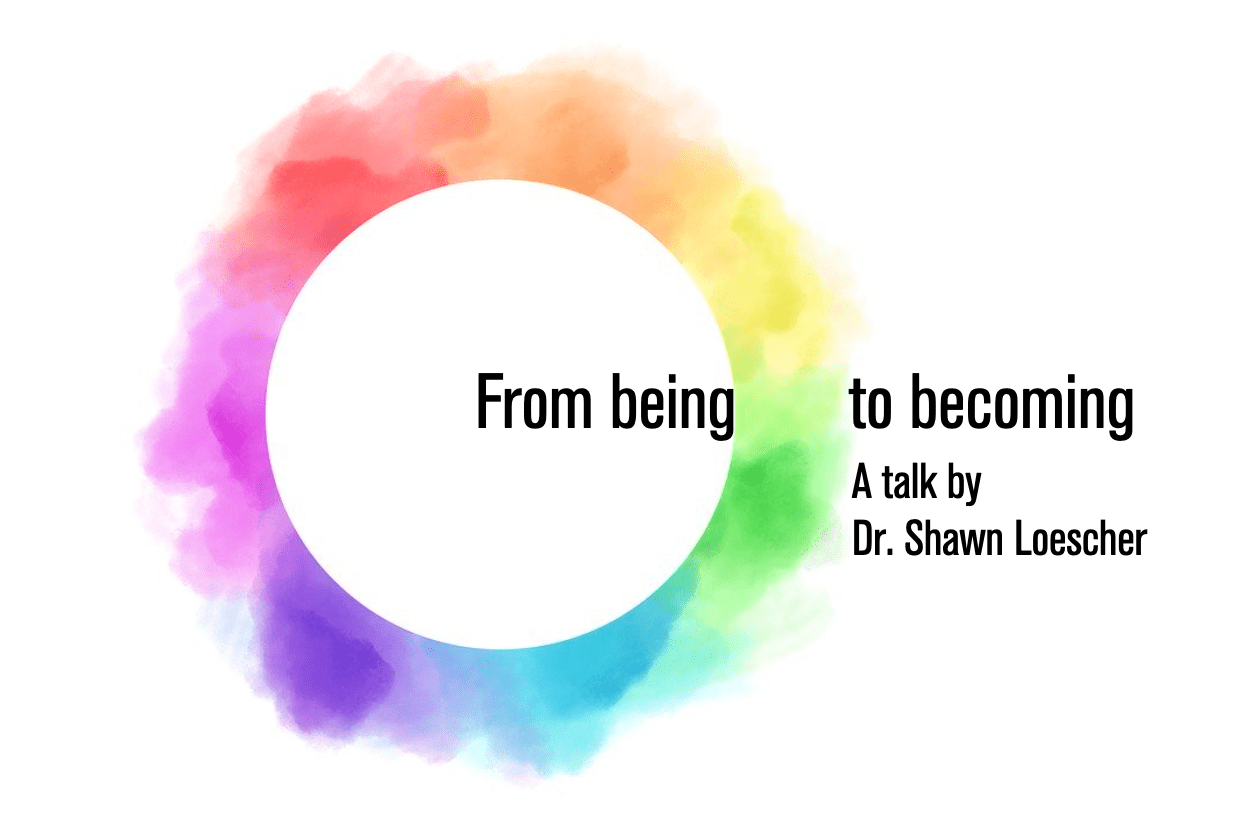

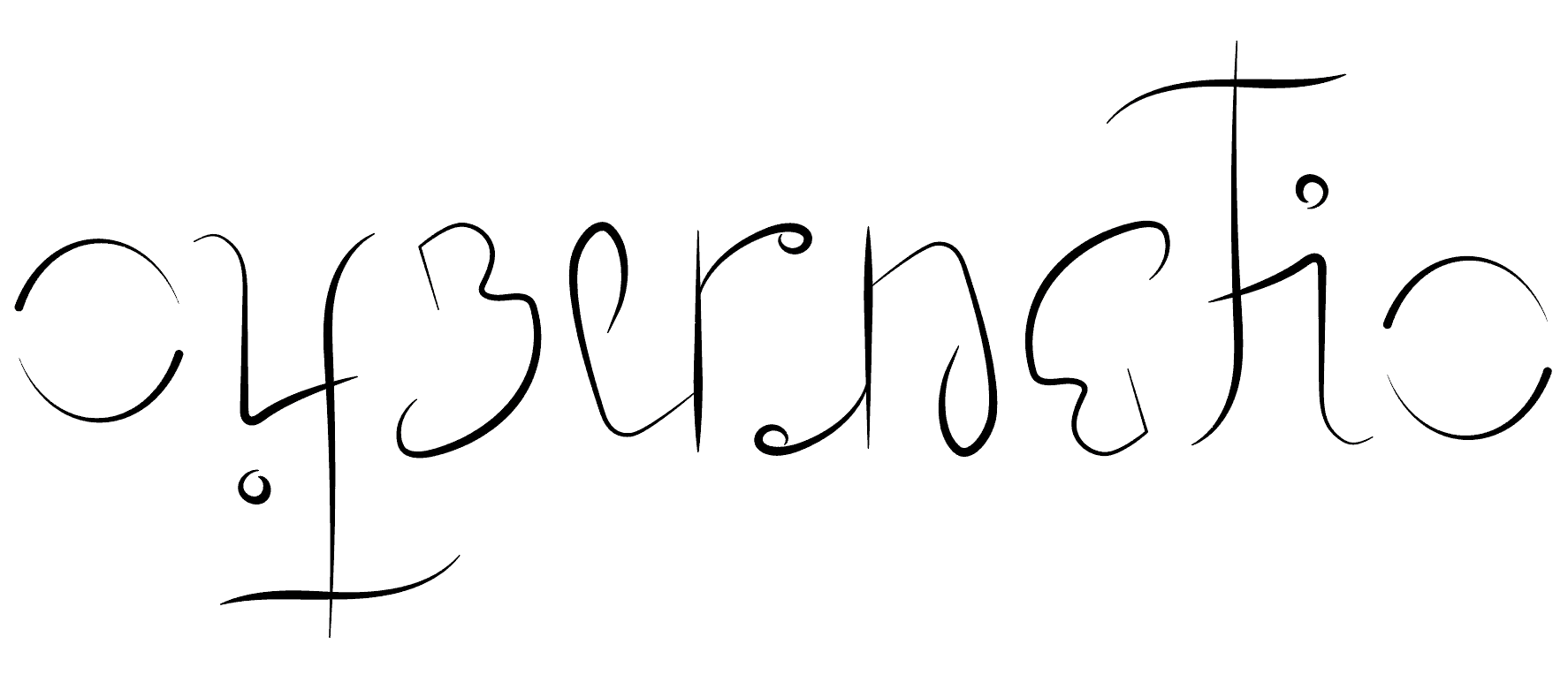
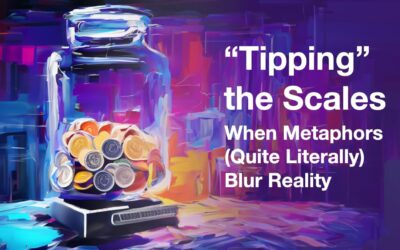
Very neat, Punya, as always! Wishing the four Mishras a beautiful and good 2019! 🙂
Cool! I like it that you explain the ideas and the technical – “How did we do it.” I think I’d perhaps try to work on my Adobe Photoshop skills again – never really became good at it. See, I got inspired ;-). Love it you include a photo of the family!
Really cool! Love your dedication to come up with new ideas every year!!!
Cool! Love it